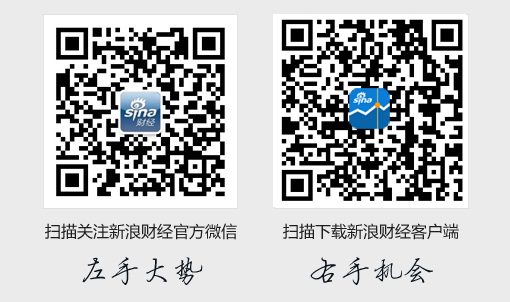海通证券股份有限公司 海通证券研究所
China’s economy grew steadily in 2016. In 2016, China’s GDP growth remained steady and industrial added valueexpanded 6 percent YoY, but as we look at the meso data and fixed-asset investments, China’s economy also showedsigns of temporary recovery. Not only has the growth of both energy output and crude steel output rebounded toaround 10% since the second half of 2016, but the growth of excavator and truck sales also climbed back to 30%-50%by the end of 2016, close to the highest level registered during the temporary economic recovery in 2011 and 2013.
The investments in the real estate and manufacturing sectors, although having been on the decline through the wholeyear of 2016, improved slightly at the year end.
The policy focus has been shifted from stabilizing growth to preventing risks. Since August 2016, the PBOChas begun to make use of the instruments such as reverse repo and MLF to counteract the decline of foreignexchange reserves. At the same time, the terms for reverse repo and MLF injections have been extended, and thecentral pivot of monetary interest rates has been rising. All the above indicates that the monetary policy has graduallybecome moderately tight, with the fundamental principle of ―restraining asset bubbles, preventing risks andde-leveraging‖ and the main purpose of combating inflation, stabilizing RMB foreign exchange rates andde-leveraging.
China’s economy grew steadily in 2016. In 2016, China’s GDP growth remained steady and industrial added valueexpanded 6 percent YoY, but as we look at the meso data and fixed-asset investments, China’s economy also showedsigns of temporary recovery. Not only has the growth of both energy output and crude steel output rebounded toaround 10% since the second half of 2016, but the growth of excavator and truck sales also climbed back to 30%-50%by the end of 2016, close to the highest level registered during the temporary economic recovery in 2011 and 2013.
The investments in the real estate and manufacturing sectors, although having been on the decline through the wholeyear of 2016, improved slightly at the year end.
The policy focus has been shifted from stabilizing growth to preventing risks. Since August 2016, the PBOChas begun to make use of the instruments such as reverse repo and MLF to counteract the decline of foreignexchange reserves. At the same time, the terms for reverse repo and MLF injections have been extended, and thecentral pivot of monetary interest rates has been rising. All the above indicates that the monetary policy has graduallybecome moderately tight, with the fundamental principle of ―restraining asset bubbles, preventing risks andde-leveraging‖ and the main purpose of combating inflation, stabilizing RMB foreign exchange rates andde-leveraging.

聚焦
close
